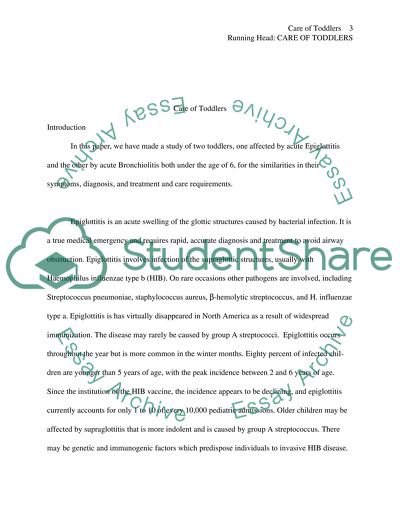Cite this document
(Care of Toddlers Affected By Epiglottitis and Bronchiolitis Research Paper, n.d.)
Care of Toddlers Affected By Epiglottitis and Bronchiolitis Research Paper. https://studentshare.org/medical-science/1531480-care-of-toddlers
Care of Toddlers Affected By Epiglottitis and Bronchiolitis Research Paper. https://studentshare.org/medical-science/1531480-care-of-toddlers
(Care of Toddlers Affected By Epiglottitis and Bronchiolitis Research Paper)
Care of Toddlers Affected By Epiglottitis and Bronchiolitis Research Paper. https://studentshare.org/medical-science/1531480-care-of-toddlers.
Care of Toddlers Affected By Epiglottitis and Bronchiolitis Research Paper. https://studentshare.org/medical-science/1531480-care-of-toddlers.
“Care of Toddlers Affected By Epiglottitis and Bronchiolitis Research Paper”. https://studentshare.org/medical-science/1531480-care-of-toddlers.


